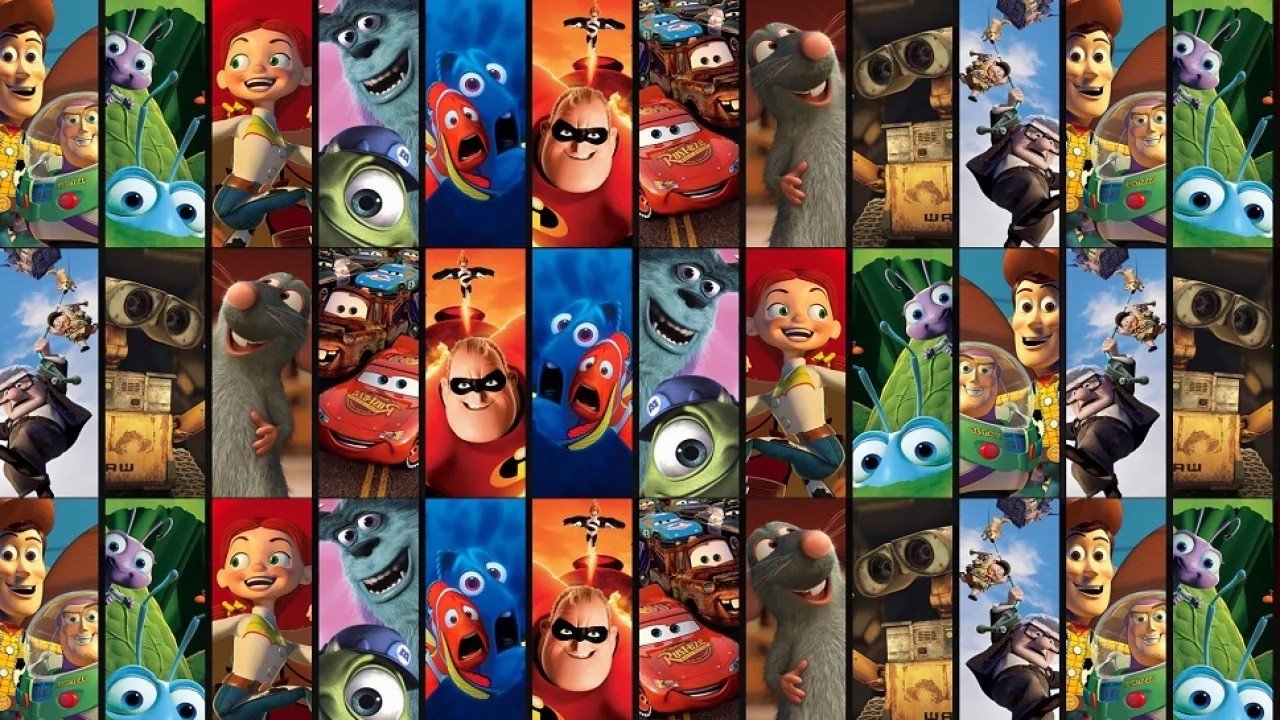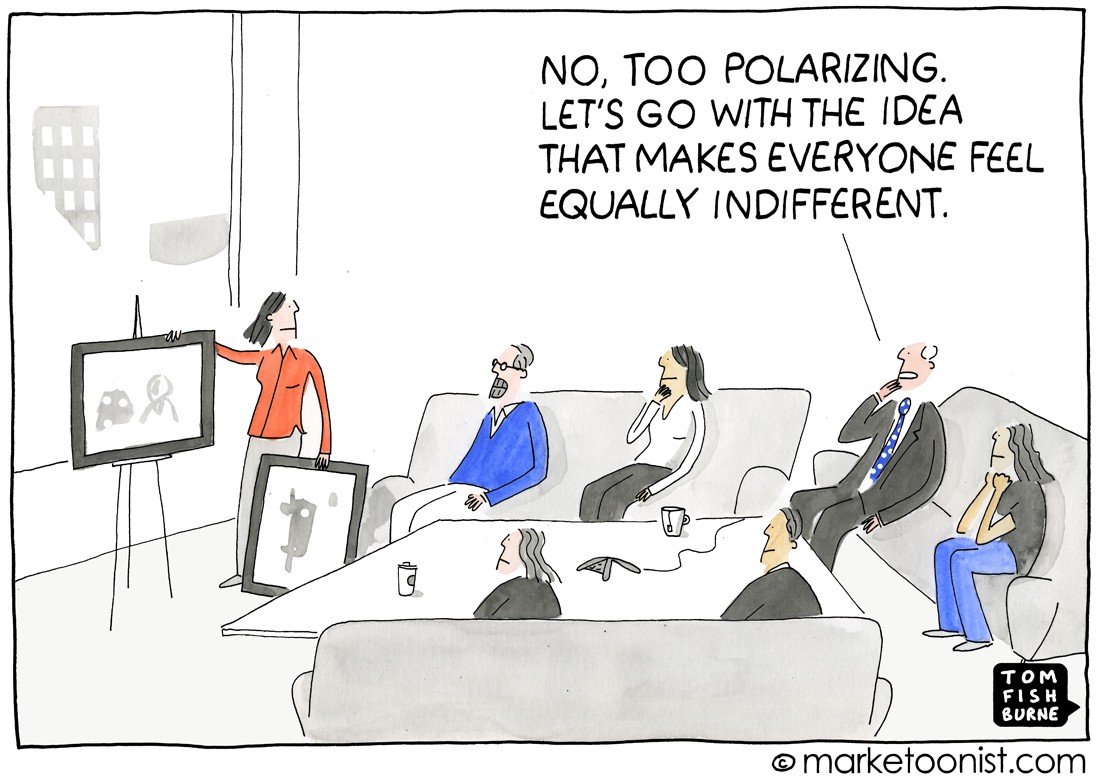'Name one thing you are awesome at.'
It was an icebreaker question used at SEEK to help loosen up the research and client teams.
I don't think SEEK realized how much I kept on using it.
From 2013 to 2017, I co-directed a non-profit with my wife called Project Downtown Cincinnati. It focused on eliminating hunger in the downtown Cincinnati area. We’d make bagged lunches, create hygiene kits and have meaningful conversations with Cincinnati residents in need.
Most of our volunteers were college students from The University of Cincinnati and Xavier University. For most of them it was their first time doing volunteer work, and they came from other cities hoping to make new friends while sharing a common interest.
They were college students fresh from a new city. They were trying to break into a new social group. They were about to engage with a marginalized portion of the population for the first time ever. You could imagine the uncertainty flowing through their head.
To help with this, we'd do an icebreaker Q&A at the end of each volunteer shift. I'd typically Google fun icebreaker questions to ask, or tie in something relevant to the season.
This tradition soon became known as ‘The Circle’, the group would make a large circle and almost everyone would have fun answering these questions. In the weeks we didn't have a good icebreaker ready, The question I would return to the most was 'Name one thing you are awesome at'?
It was almost always a hit and I would usually get three different types of different answers:
#1 A volunteer would be excited to show off a particular talent they have.
#2 A volunteer would humbly admit they had some special talent.
#3 Occasionally, a volunteer would refuse to admit any skill, and when encouraged by the group to share something, it might be self deprecating. Something along the lines of ‘I’m great at showing up late to volunteer’
In professional scenarios i’m often reminded of situations similar to answer #3.
When I make market research films, I often encourage the lead researcher to narrate the videos that would be seen by their teams/stakeholders. This narration would help guide viewers through the findings and would add valuable context to the video. This is similar to the experience you get listening to David Attenborough and Planet Earth.
A large chunk of researchers would refuse for one particular reason. ‘No I have a terrible voice’.
They felt comfortable presenting their findings live in front of a room of stakeholders. They were also comfortable speaking to large groups of people at conferences. But when when it came time for video narration, it was far too uncomfortable to have their voice tied to it.
To keep the project rolling through script development, i'd begrudgingly volunteer my own voice as a placeholder for the video, until either a professional voiceover artist or another researcher on their team would take my place.
When the draft videos were finished and came up for review, the lead client would say 'Your voice works great for this. Please voiceover the rest of them!'. I was shocked. In my eyes, I sound like a teenage skateboarder. Hardly the voice expected to sway the opinions of senior leaders.
This process would continue over and over. After a few years, a couple hundred research videos ended up having my 'skater voice' in the final shared version. A voice that started as a placeholder ended up ringing through the halls of Fortune 500s across the country.
I share this because these 'terrible voices' are some of the most talented researchers i've ever seen. They spent months of work planning, executing and synthesizing this research. No-one knows the ins and outs of the research, and could tell the story of their insights better than them.
Their voice was also plenty good enough to narrate a research video. I'd tell them if it wasn't.
If they are awesome at unveiling insights, they can be just as awesome at narrating them too.
Name one thing YOU are awesome at.
Yousef Hussein is the Founder of UX Films ...and recently found out he is awesome at narrating videos...










